Simtokha Dzong, near Thimphu, Bhutan, is the nation’s oldest fortress-monastery, built in 1629 by Zhabdrung Ngawang Namgyal. This architectural gem serves as a religious and administrative centre, showcasing Bhutanese craftsmanship. Adorned with intricate murals and sacred relics, it houses a revered Buddhist institute. Perched atop a ridge, it offers breathtaking valley views. A must-visit for history lovers, it embodies Bhutan’s rich heritage and spiritual traditions.
Location
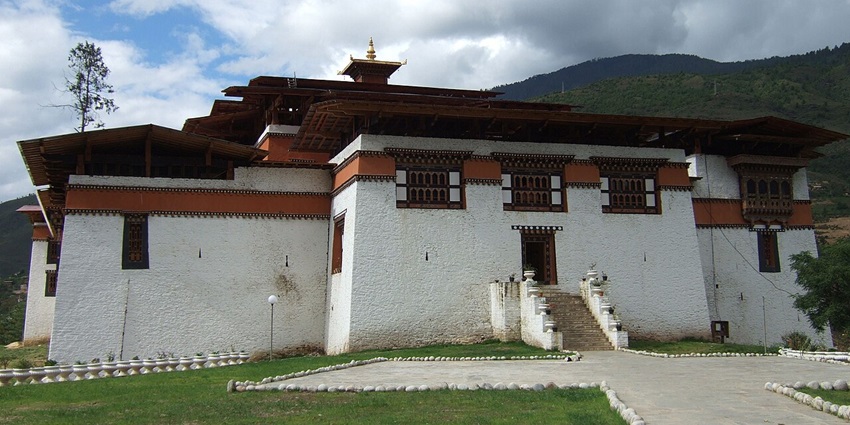
Photo: Christopher J. Fynn / Wikimedia Commons
Simtokha Dzong is located about 5 kilometers south of Thimphu, the capital of Bhutan. Perched atop a strategic ridge, it offers breathtaking views of the Wang Chhu valley. This fortress-monastery stands at an altitude of approximately 2,300 meters, surrounded by lush green hills and serene landscapes. Its location was carefully chosen by Zhabdrung Ngawang Namgyal in 1629 to protect the region and serve as a gateway to the eastern districts.
How To Reach

Photo: Douglas J. McLaughlin / Wikimedia Commons
You can reach Simtokha Dzong by air and road, with the nearest airport in Paro and rail connections available from India:
By Air: The nearest airport to Simtokha Dzong in Paro International Airport, about 50 km away.
By Road: Simtokha Dzong is well-connected by road, just 5 km from Thimphu. Taxis and local buses operate frequently from Thimphu city center.
By Rail: Bhutan has no railway network. The nearest railheads are in India, such as Hasimara. From there, travellers can take a taxi or bus to reach Thimphu via Phuentsholing.
Things To Do In Simtokha Dzong
You can explore Simtokha Dzong by admiring its architecture, visiting temples, learning about its history, and enjoying the peaceful surroundings:
1. Admire The Intricate Murals
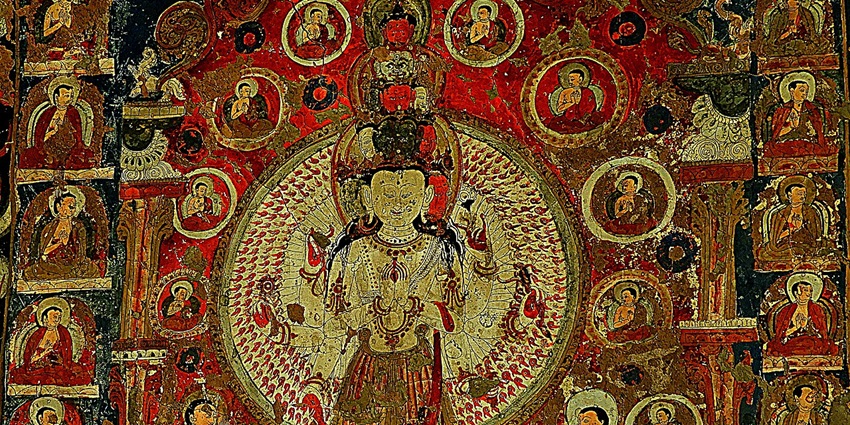
Photo: Sumita Roy Dutta / Wikimedia Commons / Image For Representation Only
Simtokha Dzong is home to some of Bhutan’s most stunning murals, depicting Buddhist teachings, guardian deities, and historical events. These paintings, created with traditional Bhutanese pigments, showcase intricate details and vibrant colours. Many murals narrate the life of Buddha and the legends surrounding the dzong’s foundation. The dzong’s main temple houses a beautiful mural of Avalokiteshvara, the bodhisattva of compassion.
2. Enjoy The Scenic Views
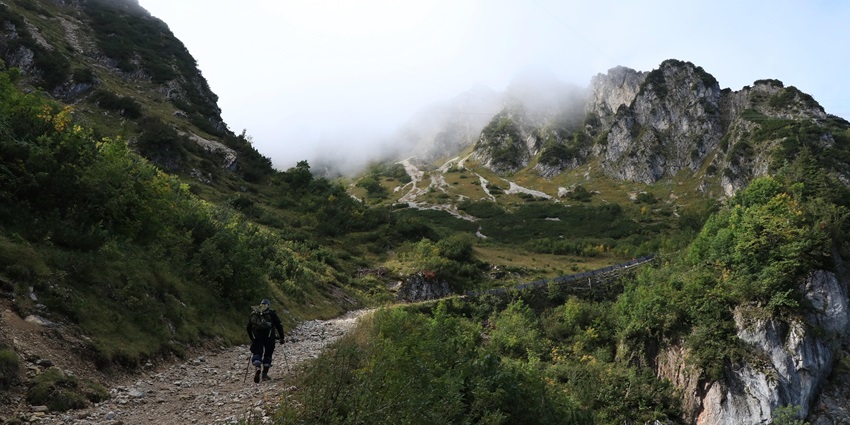
Photo: Marjonhorn / Pixabay / Image For Representation Only
Perched on a ridge, Simtokha Dzong offers breathtaking panoramic views of Thimphu valley and the surrounding hills. The location was strategically chosen to guard against invasions, providing a commanding view of the region. Visitors can step outside the dzong to capture stunning photographs of the lush landscape, rolling hills, and traditional Bhutanese settlements.
3. Explore Ancient Relics

Photo: Mr1900 / Pixabay / Image For Representation Only
Inside Simtokha Dzong, visitors can see a collection of sacred relics, including a revered statue of Jowo Shakyamuni, one of the oldest Buddha statues in Bhutan. The dzong also houses ritual objects, ancient scriptures, and relics associated with Zhabdrung Ngawang Namgyal, the founder of Bhutan. Many of these artifacts hold deep spiritual significance and are considered national treasures.
Places To Visit Near Simtokha Dzong
You can explore several attractions near Simtokha Dzong, including cultural sites, monasteries, and scenic landscapes offering a glimpse into Bhutan’s heritage:
1. Tashichho Dzong
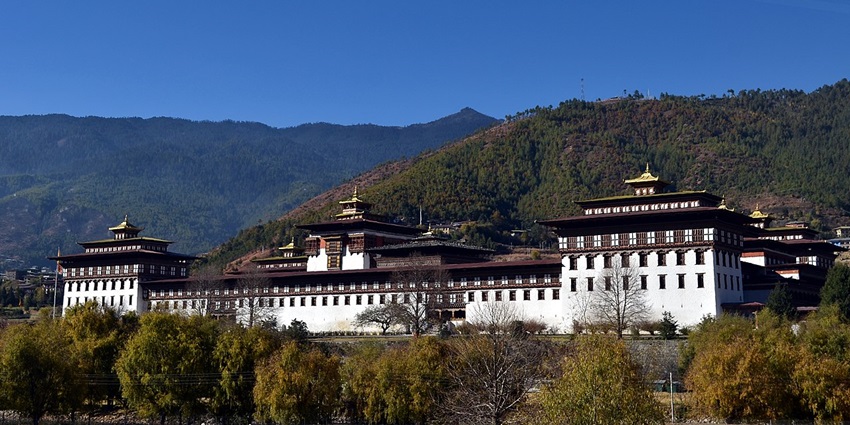
Photo: Christopher J. Fynn / Wikimedia Commons
Tashichho Dzong, also known as the “Fortress of the Glorious Religion,” is one of Bhutan’s most important landmarks. Located along the banks of the Wang Chu River, this majestic fortress serves as the seat of the Bhutanese government and houses the throne room of the King. The dzong is an architectural marvel with whitewashed walls, golden roofs, and intricate woodwork.
Best Time To Visit: March – May; September – November
Timings: 9 AM – 5 PM
2. Buddha Dordenma Statue
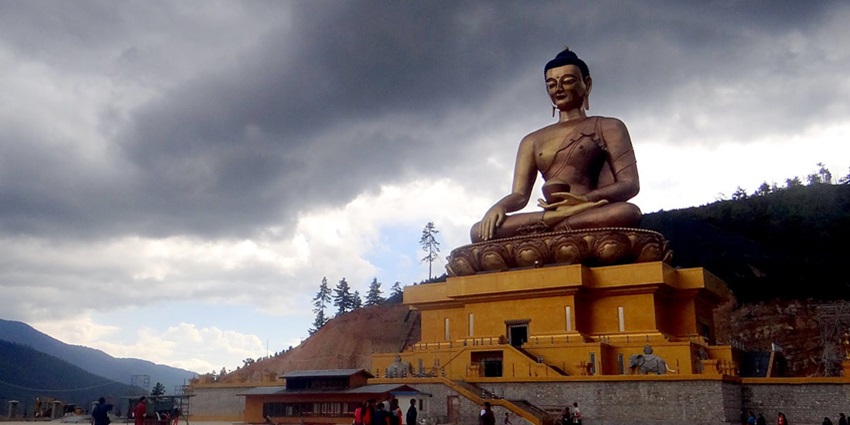
Photo: אבנר אילנאי / Wikimedia Commons
The Buddha Dordenma is an iconic golden statue towering at 54 meters, making it one of the largest Buddha statues in the world. Overlooking Thimphu Valley, this massive statue is made of bronze and gilded in gold, exuding a sense of peace and grandeur. Inside, there are over 125,000 smaller Buddha statues, each beautifully crafted. The site also offers breathtaking views of Thimphu, especially at sunrise and sunset.
Best Time To Visit: Early morning or sunset for scenic views
Timings: 9 AM – 5 PM
3. Folk Heritage Museum
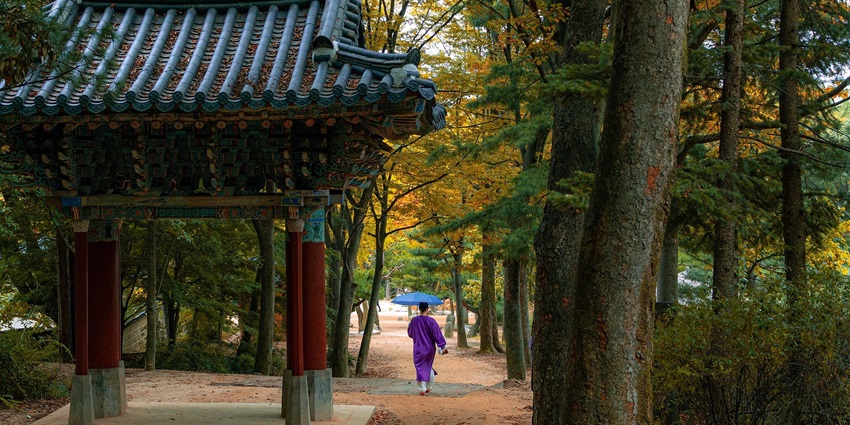
Photo: AKuptsova / Pixabay / Image For Representation Only
For those interested in Bhutanese culture, the Folk Heritage Museum provides a deep dive into traditional rural life. Housed in a restored 19th-century farmhouse, the museum showcases everyday Bhutanese artifacts, household tools, farming equipment, and traditional textiles. Visitors can see how Bhutanese families lived centuries ago, with displays on cooking methods, religious practices, and ancient farming techniques. The museum also organizes live demonstrations of traditional crafts and cooking sessions, offering a hands-on cultural experience.
Best Time To Visit: Year-round, but mornings are less crowded
Timings: 9 AM – 5 PM
4. Changangkha Lhakhang

Photo: Christopher J. Fynn / Wikimedia Commons
One of the oldest temples in Thimphu, Changangkha Lhakhang is a revered Buddhist monastery perched on a ridge overlooking the city. Built in the 12th century, it houses a magnificent statue of Avalokiteshvara, the Bodhisattva of Compassion. Locals visit the temple to seek blessings for newborns, making it a significant spiritual site. The monastery offers stunning views of Thimphu, and visitors can spin the large prayer wheels while monks chant ancient mantras.
Best Time To Visit: March – May; September – November
Timings: 8 AM – 6 PM
5. Royal Textile Academy Of Bhutan
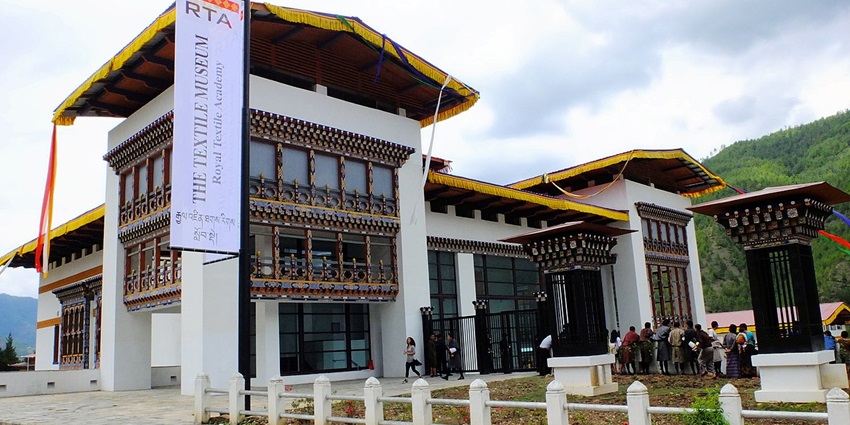
Photo: Christopher J. Fynn / Wikimedia Commons
For those fascinated by Bhutanese textiles and craftsmanship, the Royal Textile Academy is a must-visit. This museum showcases exquisite handwoven fabrics, traditional clothing, and ancient weaving techniques. Visitors can watch weavers at work, learning about the intricate process of creating Bhutanese textiles, which hold cultural and religious significance. The museum also hosts exhibitions on royal attire, ceremonial garments, and Bhutanese embroidery.
Best Time To Visit: Year-round
Timings: 9 AM – 5 PM
Where To Stay
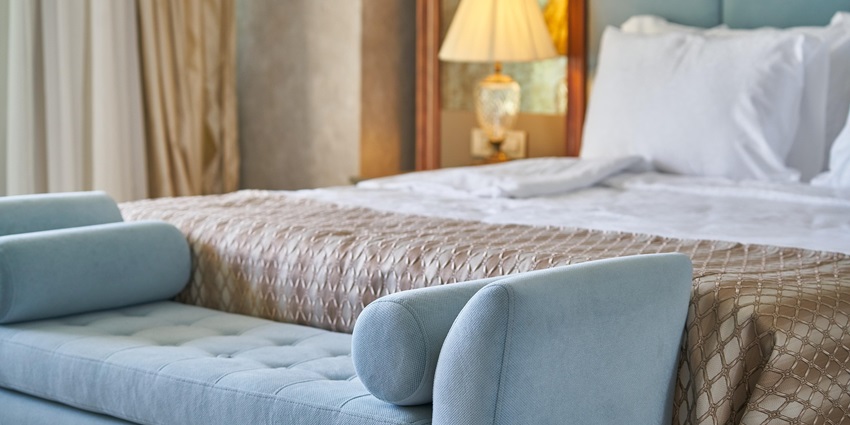
Photo: Engin_Akyurt / Pixabay / Image For Representation Only
Visitors to Simtokha Dzong can find excellent accommodation in Thimphu, just 5 km away. Luxury stays like Taj Tashi and Le Méridien Thimphu offer premium comfort and Bhutanese hospitality. Mid-range hotels such as Hotel Druk and Osel Thimphu provide modern amenities. Budget travellers can choose Thimphu Tower or Kisa Hotel. Many feature Bhutanese architecture and scenic views. Homestays like Norkhil Boutique Hotel offer a cultural experience with easy access to attractions.
Where To Eat
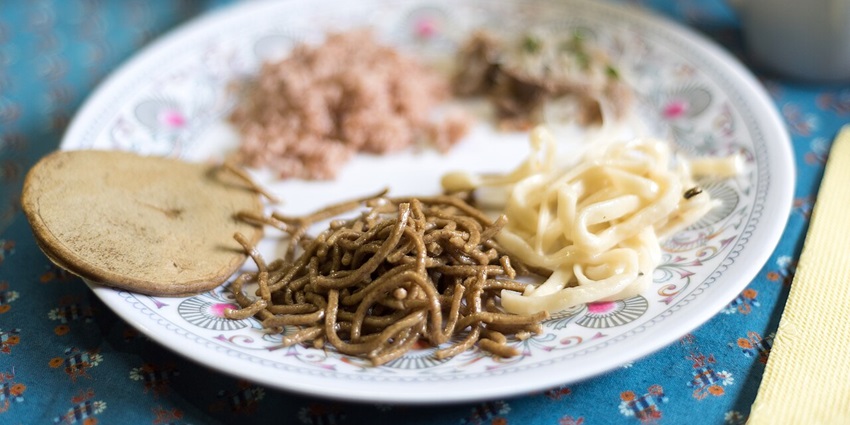
Photo: Antonio Morales García / Image For Representation Only
Visitors near Simtokha Dzong can enjoy diverse cuisine in Thimphu, just 5 km away. The Folk Heritage Restaurant serves authentic Bhutanese dishes like Ema Datshi and red rice. The Zone offers Bhutanese, Indian, and continental meals. Ambient Café is ideal for coffee and snacks. Chig-ja-gye at Taj Tashi provides upscale Bhutanese dining. Budget-friendly spots like Zombala and Cousins offer momos and local delicacies, ensuring a delightful culinary experience.
Best Time To Visit
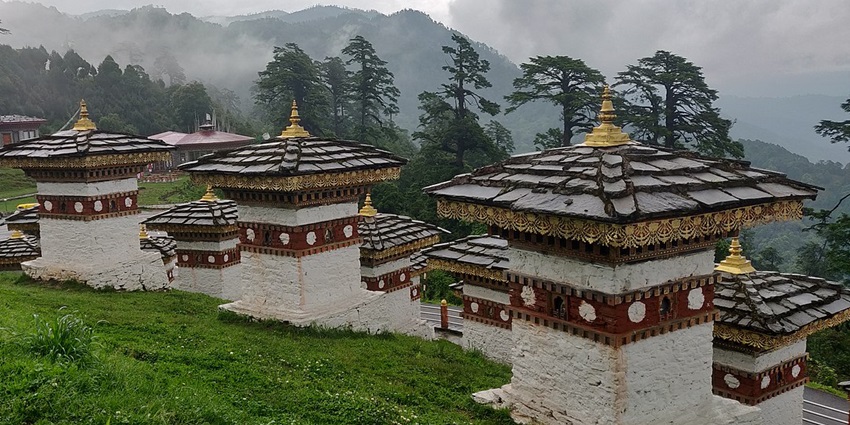
Photo: Akshatha p palyam / Wikimedia Commons
The best time to visit Simtokha Dzong is during Bhutan’s spring or autumn. Spring offers blooming flowers and pleasant weather, ideal for sightseeing. Autumn provides clear skies and vibrant festivals, enriching the cultural experience. Winter is quieter, with serene views but chilly temperatures. The monsoon season brings heavy rains, affecting travel. Visiting during Bhutanese festivals like Tsechu showcases cultural performances. Early mornings or late afternoons offer the best lighting.
Other Factors To Consider
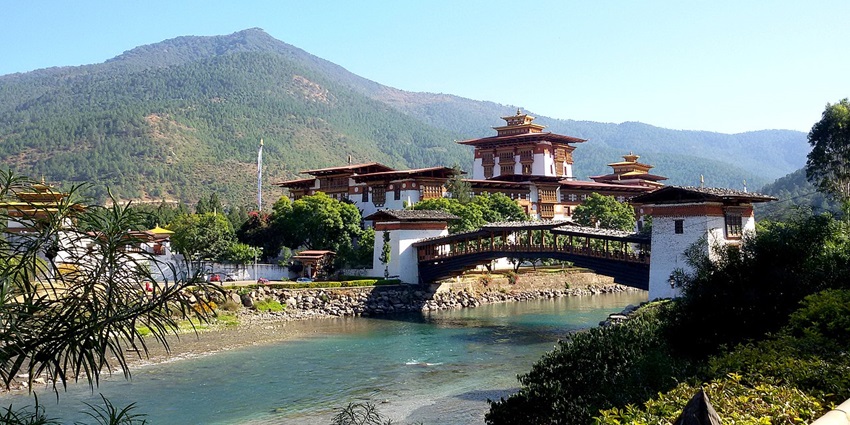
Photo: Ani Modak / Wikimedia Commons
Average Cost Of The Trip
Simtokha Dzong is open daily from 9 AM – 5 PM. Bhutanese nationals enter free, while international tourists need a permit, usually arranged by tour operators. The Sustainable Development Fee is USD 200 / ₹ 16,600 per day, covering accommodation, meals, transport, and a guide. Modest clothing is required. Photography is allowed outside but restricted inside.
Tips For Travellers
- Wear long sleeves and trousers to respect Bhutanese culture.
- Tourists need a permit, usually arranged by their operator.
- Visit during festivals like Tsechu for cultural performances.
- A guide enhances understanding of the dzong’s history and significance.
- Keep silent, avoid touching sacred objects, and follow local customs.
Simtokha Dzong, Bhutan’s oldest fortress-monastery, embodies history, spirituality, and architectural splendour. A hub for Buddhist learning and governance, it captivates visitors with intricate murals, sacred halls, and stunning views. Conveniently near Thimphu, it’s a must-visit for cultural immersion. Experience Bhutanese heritage with TripXL and make your journey unforgettable!
Cover Photo: Bernard Gagnon / Wikimedia Commons


 WhatsApp
WhatsApp
 Twitter
Twitter









